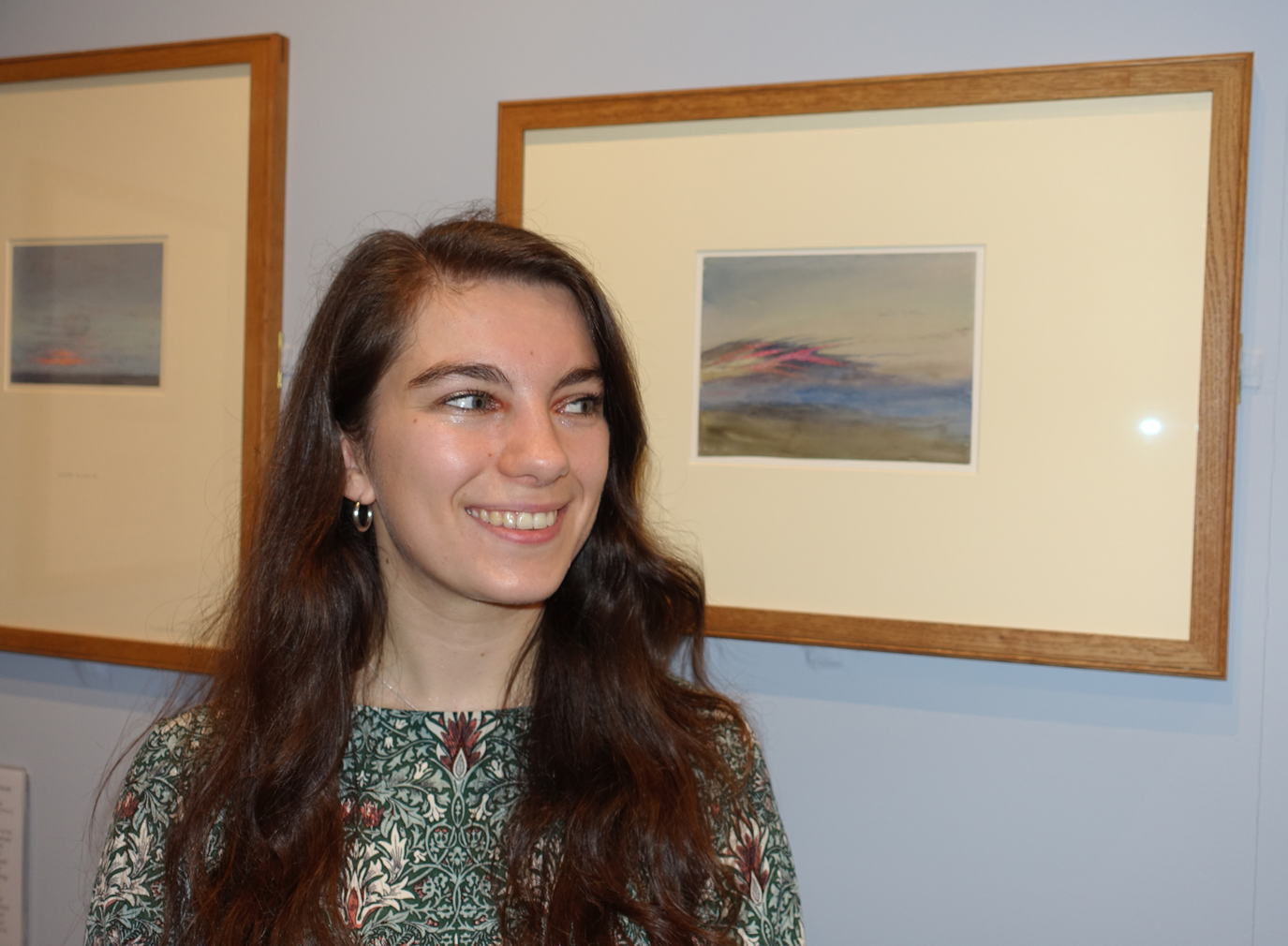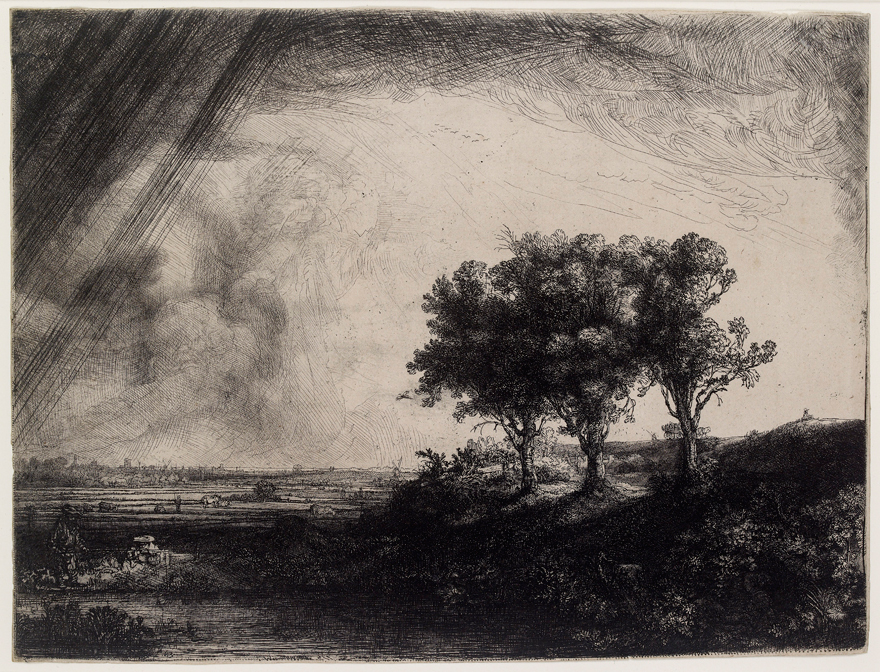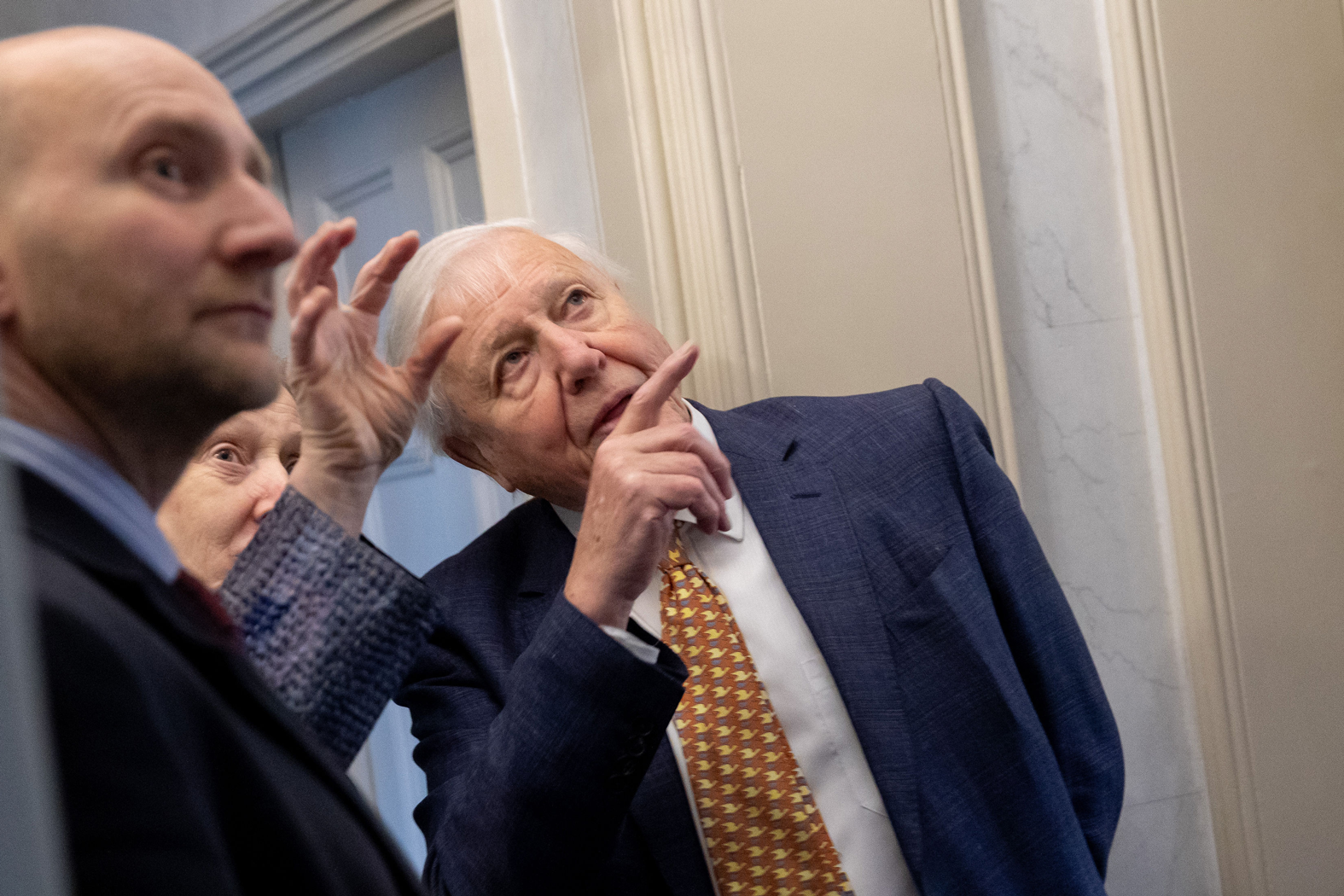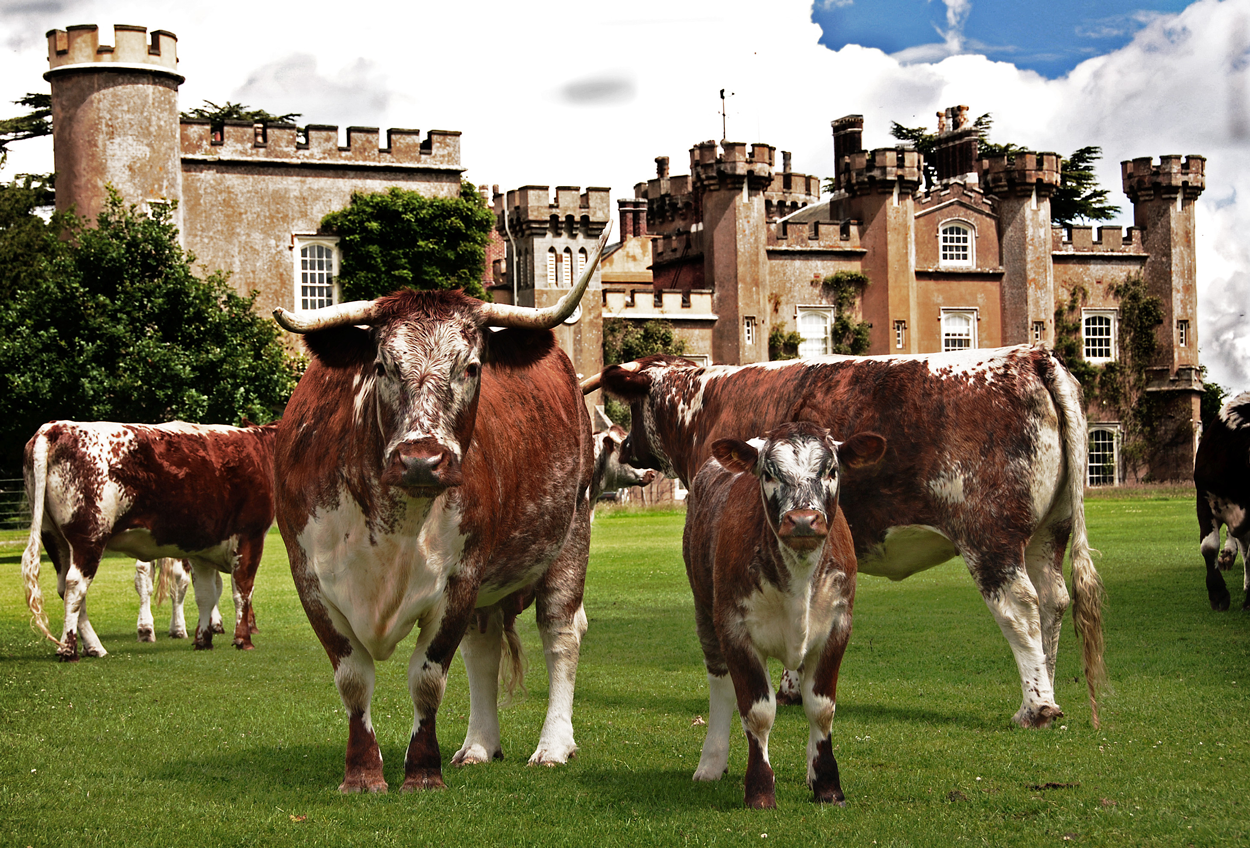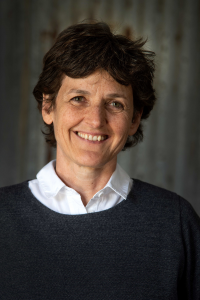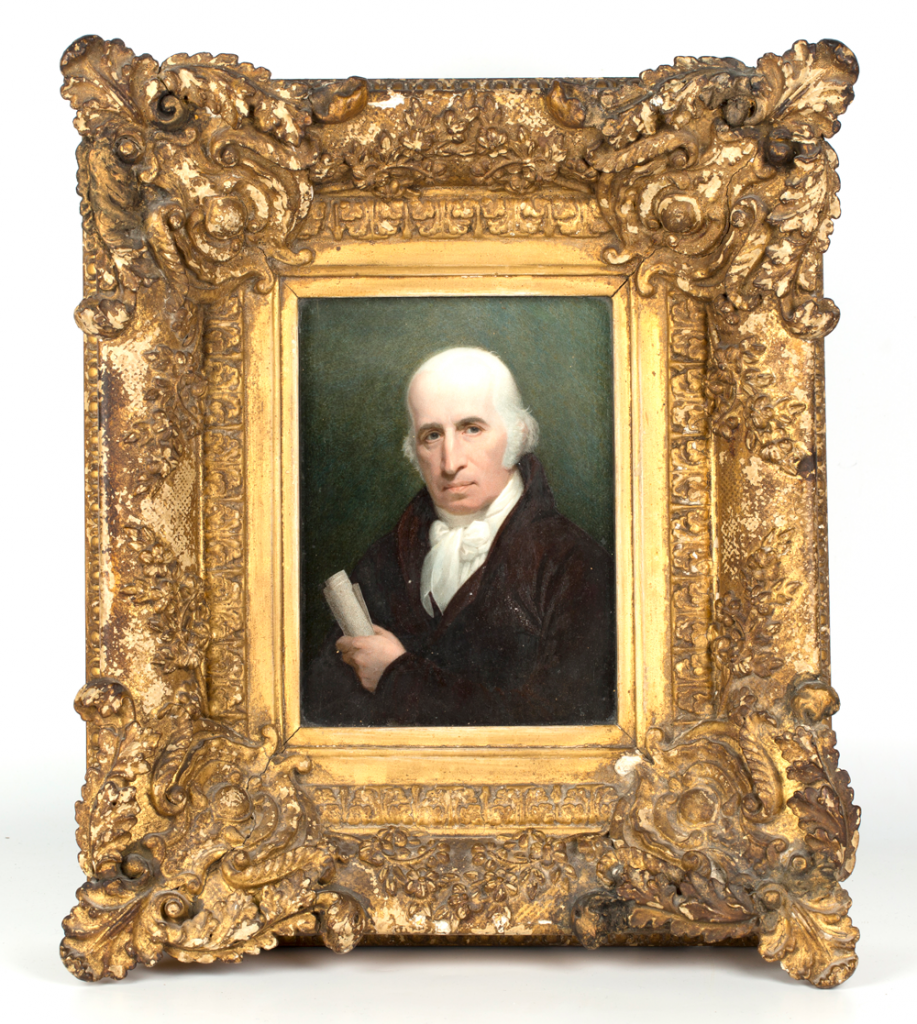
This week I am in the company of Toovey’s picture specialist and researcher Tim Williams. Tim has just discovered an important portrait of the notable artist Benjamin West (1738-1820) which had been lost for more than 100 years. West’s efforts led to the establishment of the Royal Academy in London and he would become the institution’s second president. The work is a miniature watercolour by Andrew Robertson (1777-1845), one of the pre-eminent portrait miniaturists of the 19th century, and is due to auctioned at Toovey’s on Wednesday 18th March 2020.
Tim Williams explains “Robertson was born in Scotland in 1777 and had studied under Alexander Nasmyth and Henry Raeburn before leaving Scotland for London in 1801 to seek fame and fortune. In a letter to his father in July 1801 Robertson wrote, ‘I shall make London my residence…I may not only make my fortune, but acquire fame in the world.’
Not long after his arrival in London, Robertson made the acquaintance of Benjamin West. West saw that the ambitious Scotsman had great talent, and became something of a mentor and advocate to the young artist, agreeing to sit for a portrait himself.
Robertson began West’s portrait in 1802. West would sit for Robertson on a Sunday morning. In total the portrait took 15 sittings over many months. Robertson wrote to the wealthy London businessman John Julius Angerstein in August, ‘…without any other introduction to Mr. West, he should so far approve of my poor pencil as to think it not beneath him to sit to me, and to sacrifice a very considerable portion of his precious time, for that purpose. I have painted his portrait in the same style as I copied Govartius…’. The composition was strongly influenced by Anthony van Dyck’s portrait of Cornelis van der Geest. At the time it was known as ‘Govartius’ and Angerstein, who owned it, had given Robertson access to copy the picture earlier in 1802.”

Tim continues “Once completed Robertson sent his miniature portrait of West for exhibition at the Royal Academy in 1803 where it received much acclaim from visitors and established artists. Robertson wrote to his friend John Ewen, ‘…Mr. West told me himself that I have no idea how it [his portrait] is talked of, and approved, both by artists and others.’ More excitingly for Robertson it was seen by George III. In a letter of 1803, Robertson elaborates. ‘Yesterday the King visited the Exhibition… After the King went into the room where my pictures are, I heard him take notice of them… I heard the King say, ‘Roberts?-aye, Robertson’ …‘Scotchman?’ and a little after-‘beginner’ – this was all I could hear. However, it was enough to afford me no small degree of satisfaction.’
Buoyed by this success, and now in demand, Robertson had a copy of his miniature of Benjamin West engraved in mezzotint by George Dawe in 1804. These mezzotint copies allowed the work to be disseminated widely and enabled people to own a version – particularly since the original was in Benjamin West’s personal collection.”
I ask Tim how the portrait came to be lost and he replies “By 1899 the miniature was recorded being in the possession of Charles Montague Richard Cleeve, agent to the Bayham Abbey estate near Lamberhurst in Kent, and subsequently found its way into the collection of the current vendor’s grandfather by 1960. Regrettably, and often the case with unsigned works, the artist’s name and importance of this work had been forgotten.”
Tim Williams is still inviting entries for Toovey’s next sale of fine paintings which will be held on Wednesday 18th March 2020, and can be contacted by telephoning 01903 891955 or at auctions@tooveys.com.



